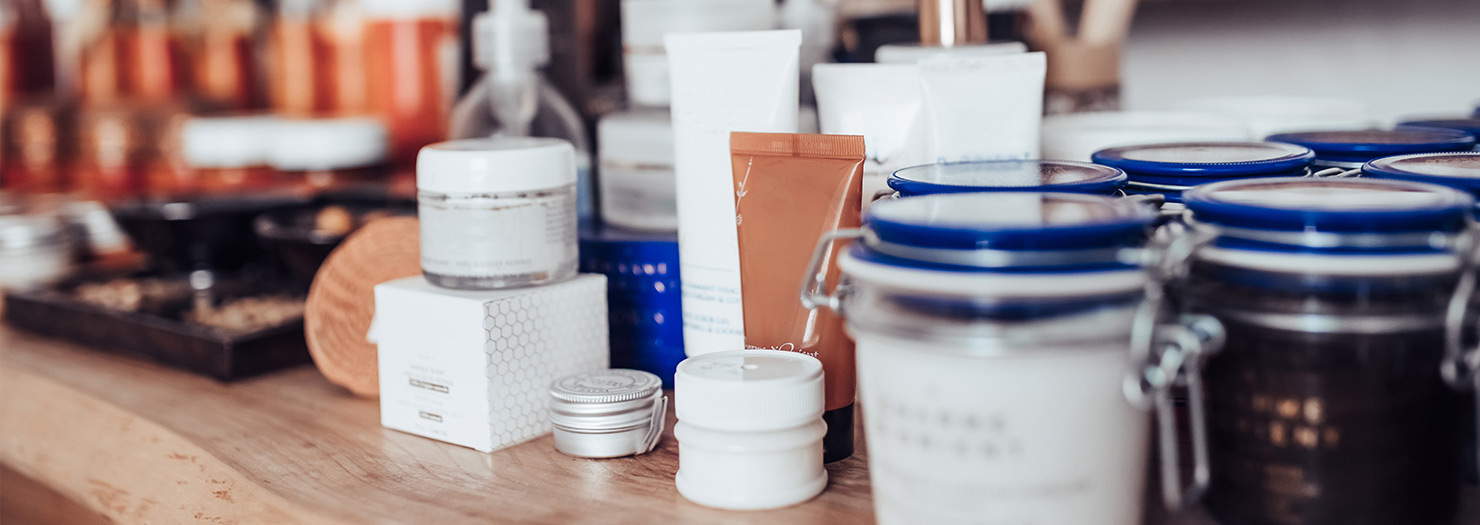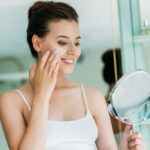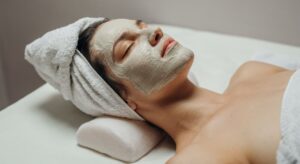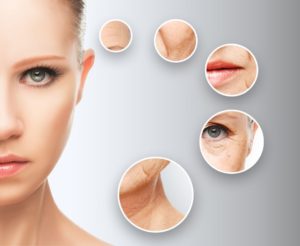Some skincare ingredients work better together, like rice and beans or egg and cheese. Don’t get it wrong; each component is excellent individually, just like eating rice without beans. But, likewise, in some skincare combinations, ingredients enhance the effectiveness of each other.
On the other side, some combinations are worst for your skin. They will bring more harm than good. We have gathered all the good and bad combinations you should try or avoid to keep it simple. Read on to improve your knowledge.
-
Vitamin C + Vitamin E
When vitamin C and Vitamin E are paired together, they improve each other activity. Vitamin C helps regenerate vitamin E, which fights free radicals and protects the skin against sun damage. In return, vitamin E intensifies the action of vitamin C.
Choosing a skincare product that has both the vitamins doubles the antioxidant assistance and protects your skin against the sun’s harmful rays.
-
Vitamin C + Ferulic Acid
Ferulic Acid is a potent antioxidant that fights free radicals and corrects sun damage. In addition, it increases the efficiency of vitamin C.
Vitamin C is usually unstable in facial serums and is unshielded to light, heat, and air.
When vitamin C gets combined with ferulic Acid, it becomes stable, and its antioxidizing potency increases.
-
Sunscreen + Antioxidants
Applying sunscreen 365 days a year is the best anti-aging strategy. If you follow it correctly, it will prevent the visible signs of aging.
But do you know sunscreen blocks only 55% of free radicals created by ultraviolet radiation? It cannot protect against free radicals alone. When sunscreen gets mixed with antioxidants, it protects against damaging environmental factors.
Antioxidants are naturally produced by our skin and protect it against free radicals. When you mix the antioxidants like vitamin E and C with sunscreen, the protection against the sun rays gets doubled.
-
Retinoids + Hyaluronic Acid
The pairing of retinoids with hyaluronic Acid is another good combination. Retinoids balance the excess production of sebum, tightens the pores, and removes the dead skin cells. This can make your skin a little flaky and dry.
Hyaluronic Acid has excellent skin moisturizing properties. It prevents dryness and fades fine lines and wrinkles.
Apply a moisturizer containing hyaluronic Acid first, then apply a thin layer of retinoids.
-
Retinol and Niacinamide
Retinol can make a compelling pair with niacinamide as is already mentioned in the above paragraph, retinol is derived from vitamin A. It lessens the wrinkles and increases collagen production but sometimes it causes irritation and rash.
Niacinamide provides strength to the natural skin barrier by improving hydration. In addition, it soothes skin irritation and evens out the skin tone. Both the ingredients are a perfect match made in heaven.
Bad Combinations You Should Avoid
There are some skincare ingredients you should not combine. Mixing will result in irritation and skin burn. Below we have mentioned all the bad combinations to avoid.
-
Beta Hydroxy Acids + Benzoyl Peroxide
When you mix the two exfoliating agents, it results in devastation. Bet-hydroxy acids like salicylic acid and benzoyl peroxide both are chemical exfoliants. They can cause redness, irritation, and peeling when used combined.
If you want a good exfoliation, benzoyl peroxide is enough alone. Applying another harsh chemical to it will bring more harm than good.
-
Alpha Hydroxy Acids + Vitamin C
Vitamin C is an unstable antioxidant. It is very sensitive to pH. Alpha-hydroxy acids change the pH value of vitamin C that degrade its antioxidizing properties.
The combination can cause skin irritation, especially if sensitive to vitamin C.
-
Vitamin C + Retinol
You should never use vitamin C and retinol together. They can cause skin irritation. It is better to use vitamin C in the morning and retinol at night.
Retinol can make you photosensitive, and vitamin C combats the free radicals. They work better off alone.
-
Retinol + Salicylic Acid
Retinol is an antiaging ingredient. It treats fine lines, wrinkles, and acne. Salicylic Acid is a beta hydroxy acid that unclogs pores and increases cell turnover.
The two ingredients together result in over-drying and severe breakouts.
-
Retinol + Retinol
There are several kinds of vitamin A present in the retinol family. The application of multiple retinol does not end well. Use one at a time.
If you layer retinol serum with retinol cream, it will result in irritation, rash, and inflammation. Always be mindful of the active ingredients in your skincare products.
*Information in this article is not medical advice and may not be factually accurate. It is intended for entertainment purposes only. Consult with a physician before attempting any tips in this blog post and to get the most up to date factual data about any procedure or treatment.














